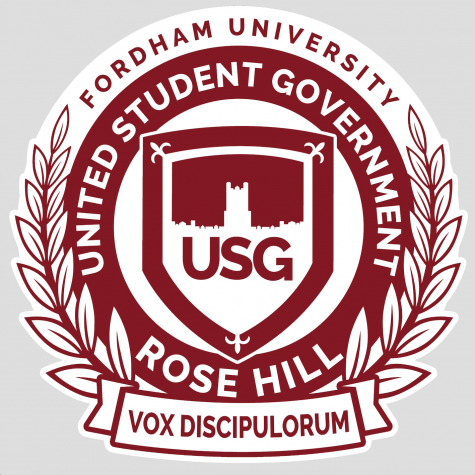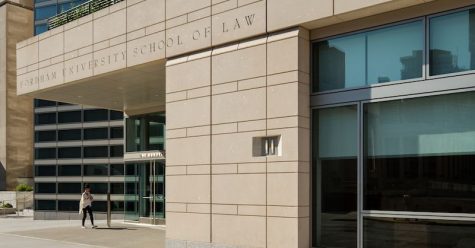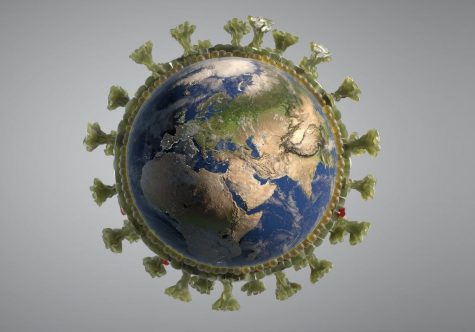Fordham Professors Discuss Length of U.S. Presidential Primary
According to Professor Heersink, the “invisible primary process” occurs even before the primary elections occur. (Owen Corrigan/The Fordham Ram)
September 24, 2019
Our neighbor to the north, Canada, held its longest election cycle in history back in 2015. It lasted 11 weeks. To the south, Mexico’s election cycle is usually about 90 days with a 60-day “pre-campaign” season. Mexico has a law that limits the length of its election cycles. Across the ocean, France usually has an election cycle that lasts just two weeks.
According to the National Public Radio, the campaign length for the United States can be extended to as long as 596 days whereas in countries like Japan, the cycle is only about 12 days. Unlike many of the aforementioned countries, the United States does not have a definitive official campaign season.
Boris Heersink, assistant professor in the political science department at Fordham University, explained the primary process in an interview with The Fordham Ram.
“There are two elements to the presidential primary process: the actual elections, which start in January and go through June, and what is called the ‘invisible primary,’” he said.
Currently the United States abides by a stacked primary system, and states hold primaries across a long period of time. Heersink believes this is the product of states wanting to have separate influence. He uses the New Hampshire primary as an example, scheduled Feb. 11, 2020, about nine months before the election.
“New Hampshire wouldn’t really have much of a say if all states held their primaries on the same day,” he said. “[But] by having a primary early in the process and by itself, New Hampshire has way more influence on candidate selection because winning a state early on gives candidates momentum and name recognition moving on to the next state.”
Heersink describes the invisible primary process as the period where candidates are already running for president but there are no elections yet–the period the United States is in right now.
“This process is about (1) raising money, (2) convincing party leaders and voters that they are the best candidate and (3) gaining media attention for their candidacy,” he said. “The only driving force for candidates to announce their candidacy so early within the game is the competitive nature they created themselves.”
Jose Aleman, Ph.D., said that although the origin of U.S. primaries is fundamentally democratic, the length and rules governing them are currently having a negative effect on our elections.
Because candidates are running for about a year, they are also advertising for about a year and need finances to support the campaign. According to Aleman, this sets a requirement for candidates to raise an insane amount of money in order to fairly compete, resulting in what he calls “big money” involvement in politics.
“We can see the repercussions of ambiguous regulations over the length of campaigns through the appearance of ‘big money’ in politics,” he said. “Big money in politics sets a platform for corruption as affluent individuals and corporations can now ‘buy’ candidates.”
It also exacerbates political inequality between the average American citizen and the top 1% as individuals in each category definitely cannot donate the same amount to a candidate, effectively distinguishing which voices get heard.
According to Aleman and Heersink, the prolonged length of primaries is something that certainly affects the nature of U.S. presidential elections. Although the general election is over a year from now, the 2020 Democratic primary election has held three debates and eight candidates have ended their run for office.








If you want a picture to show with your comment, go get a gravatar.